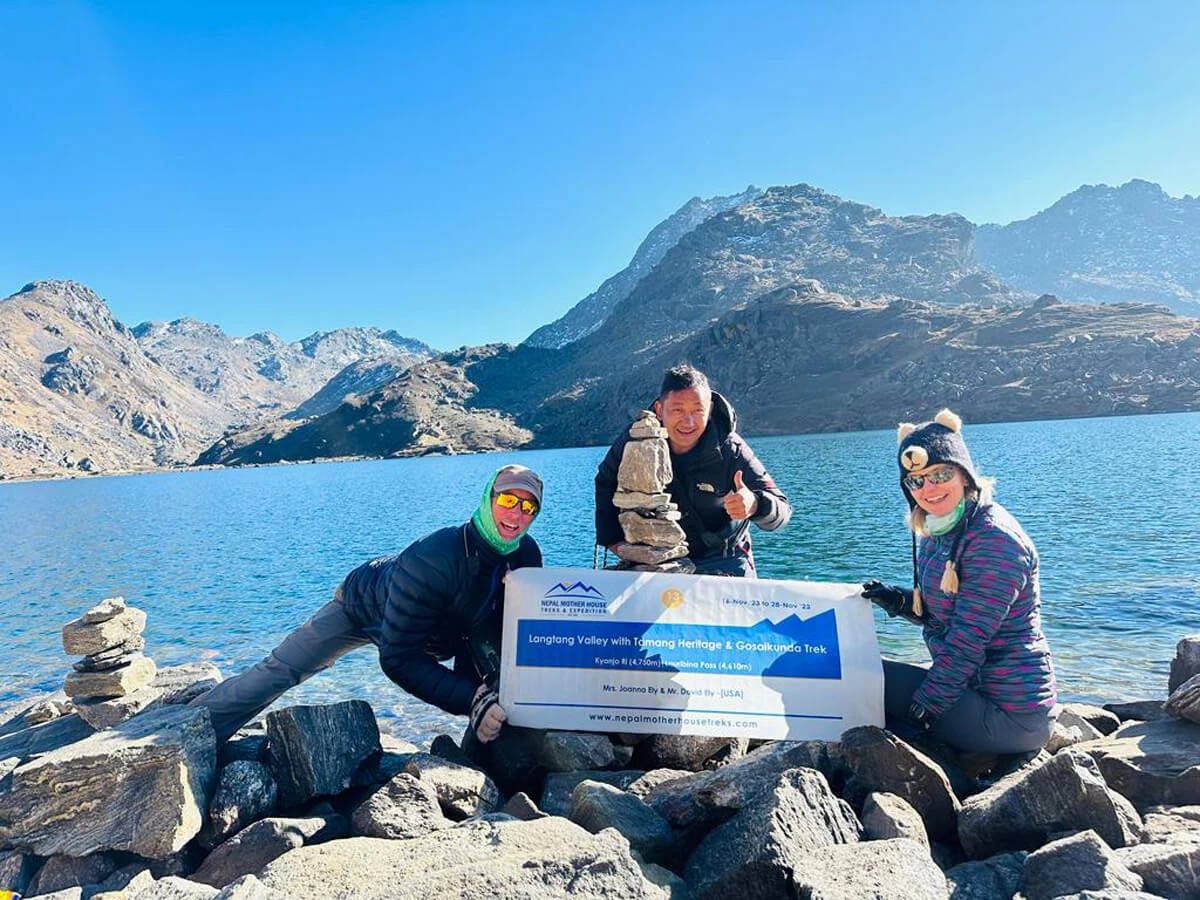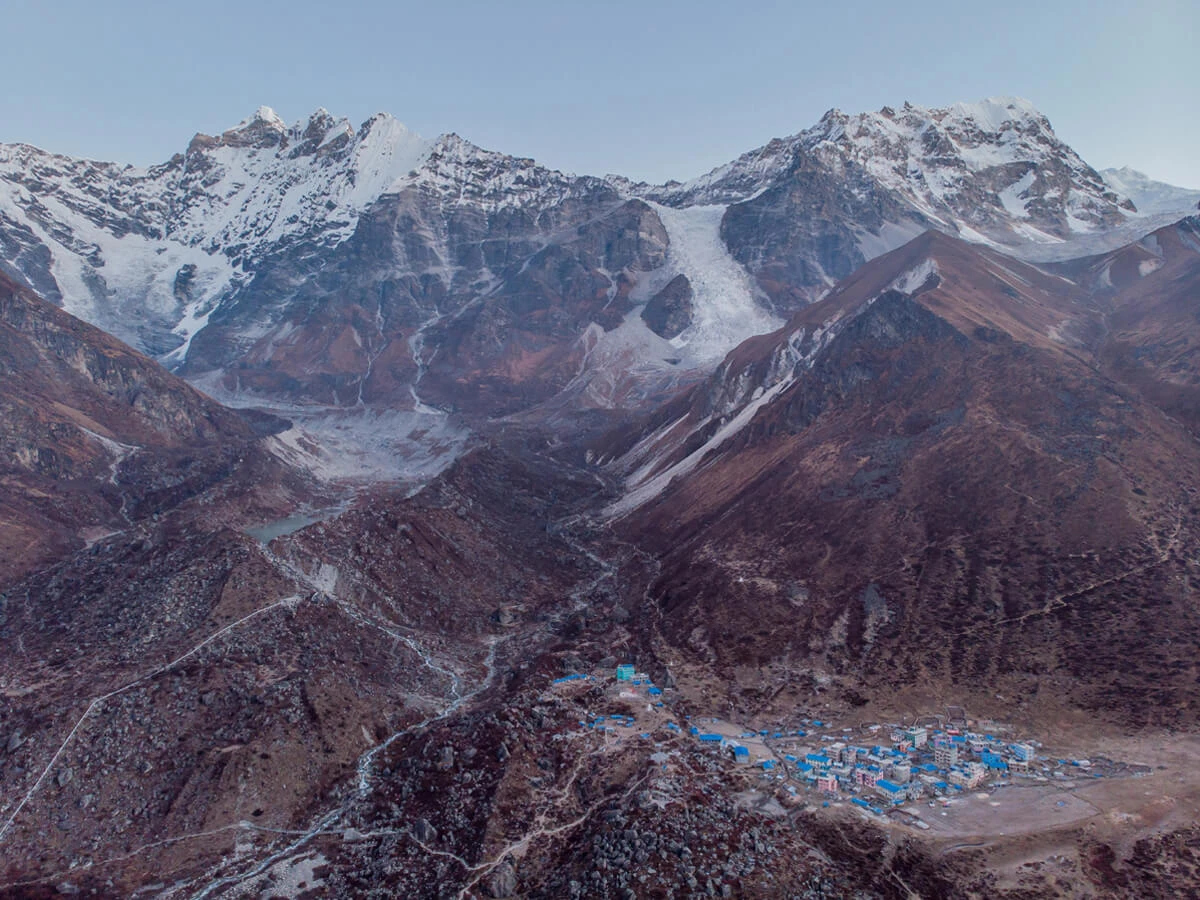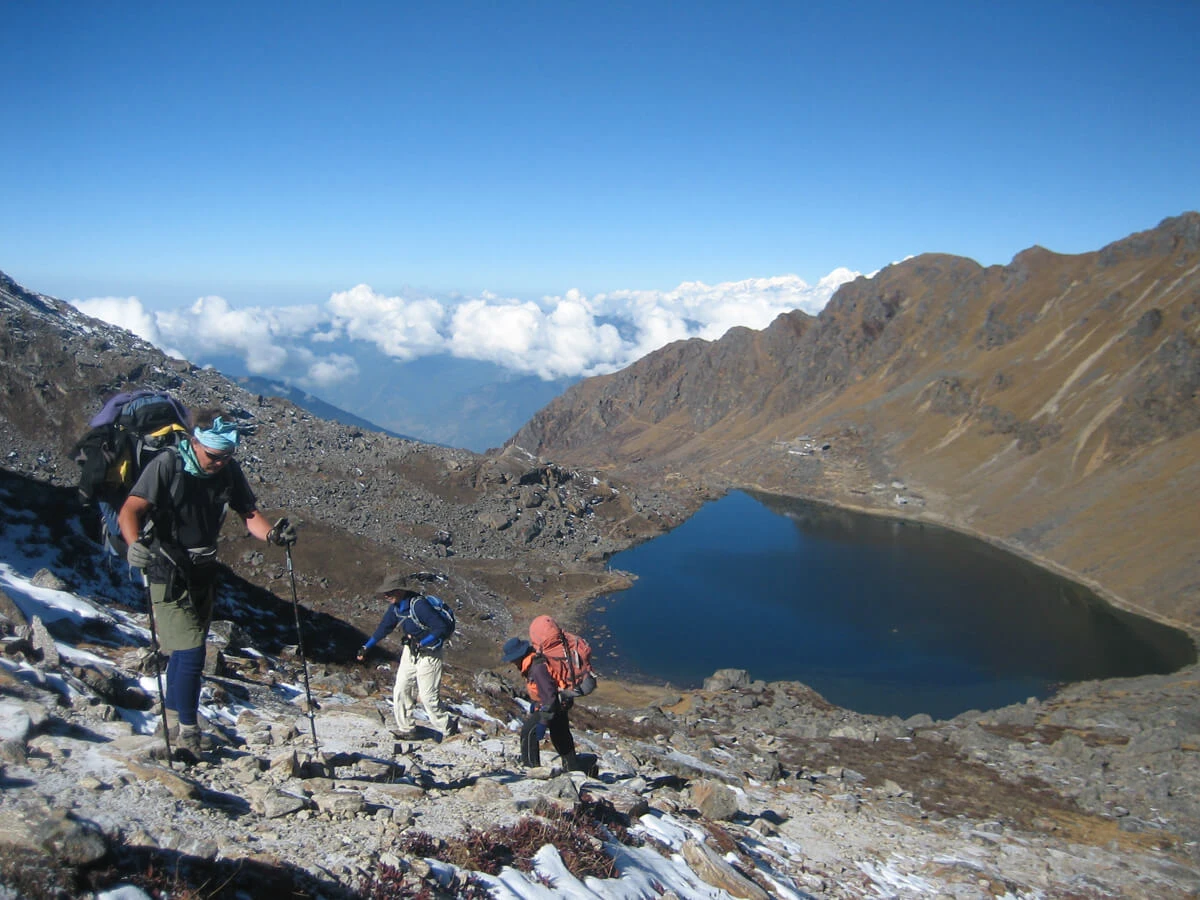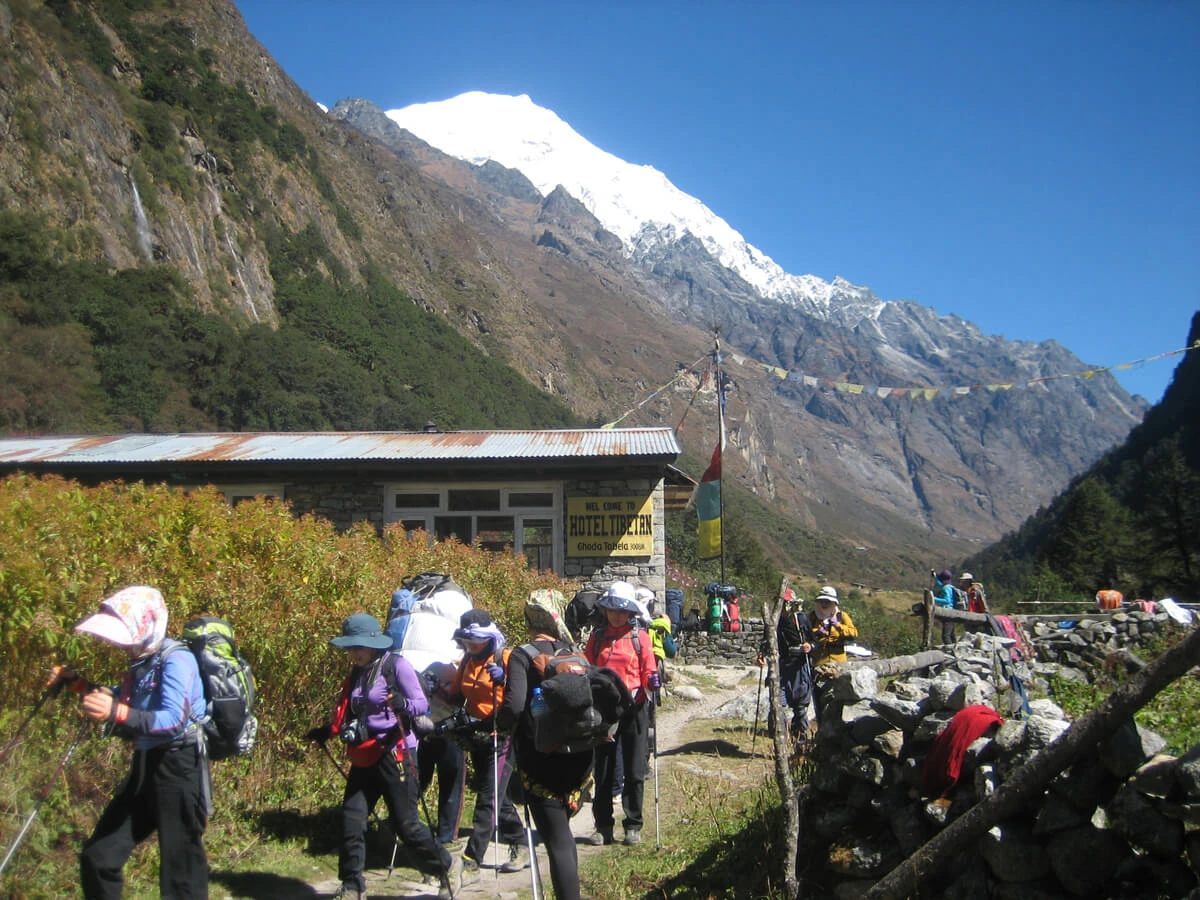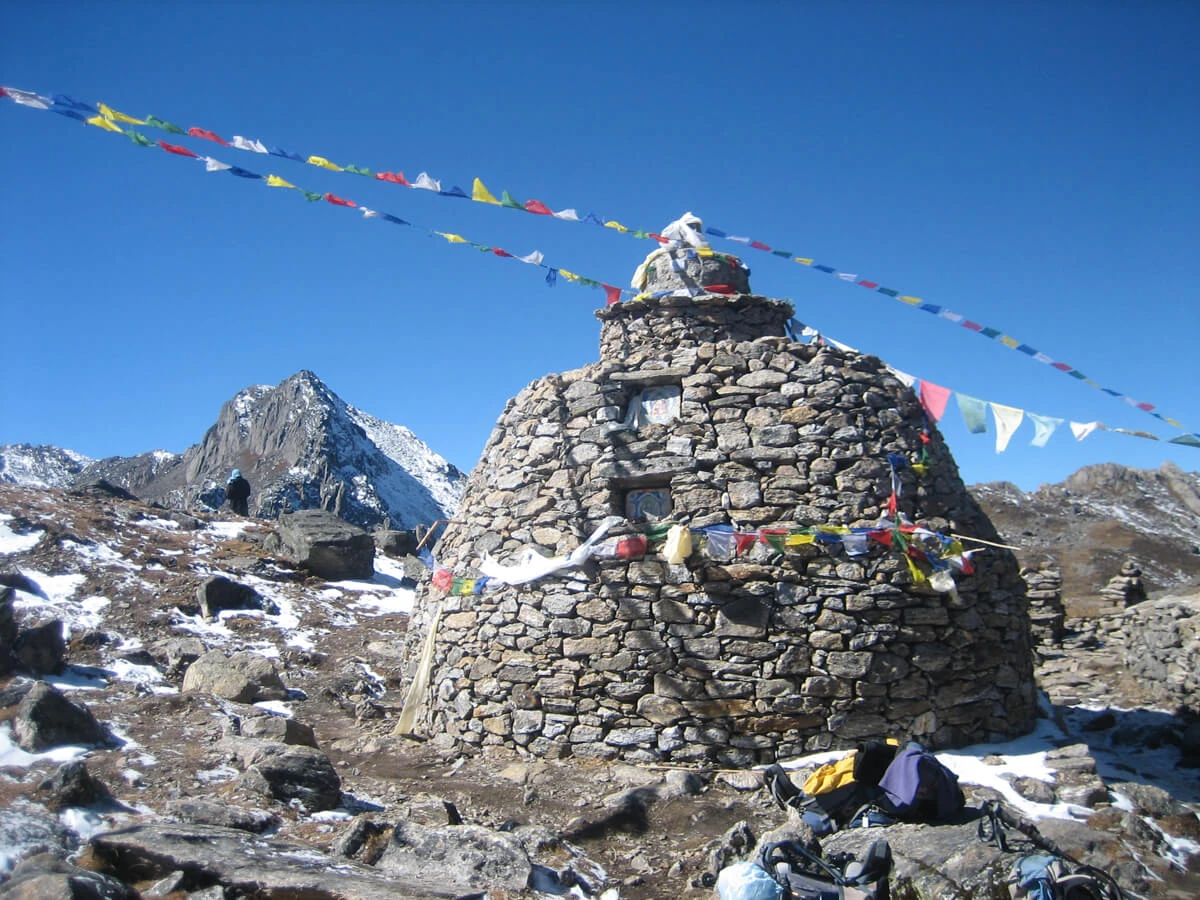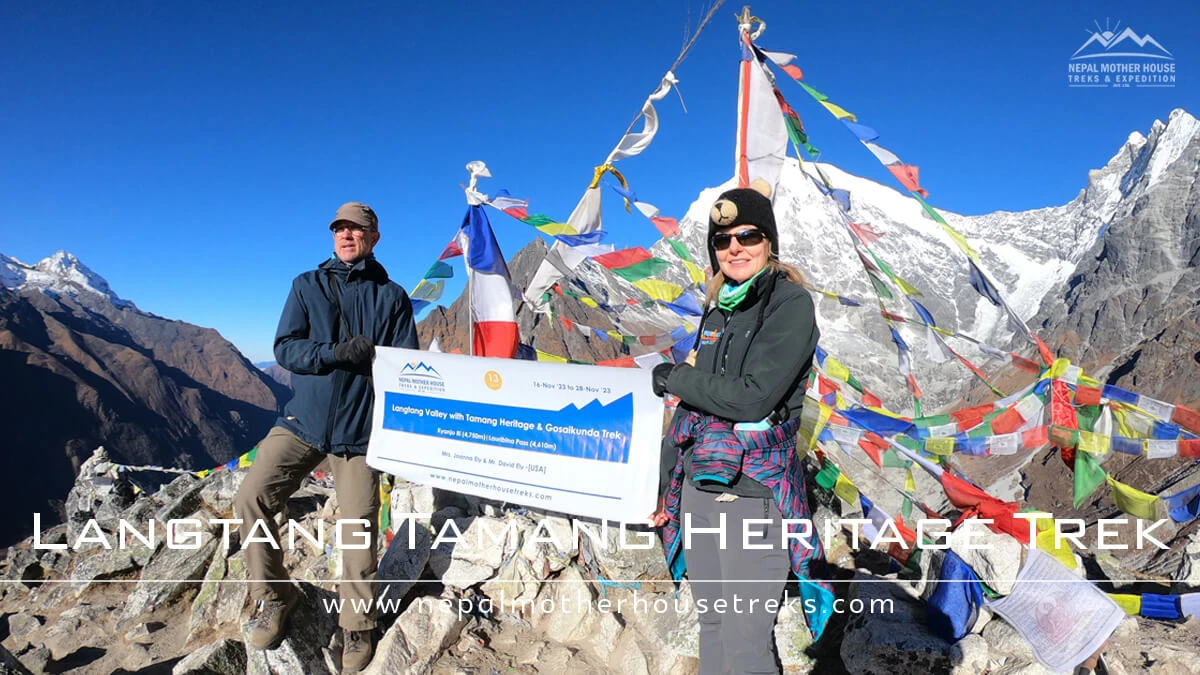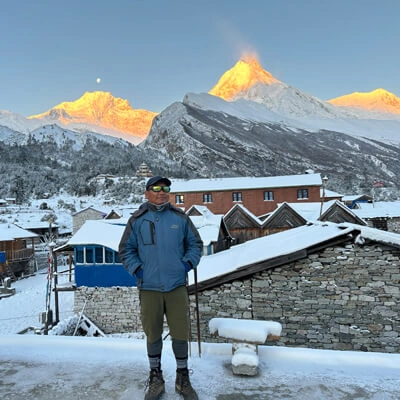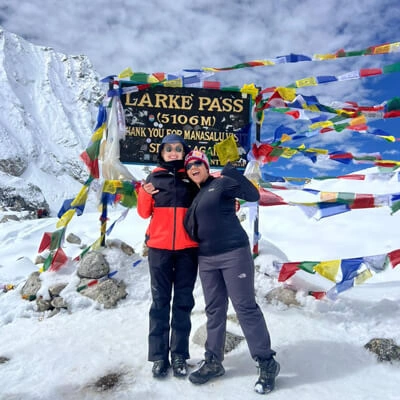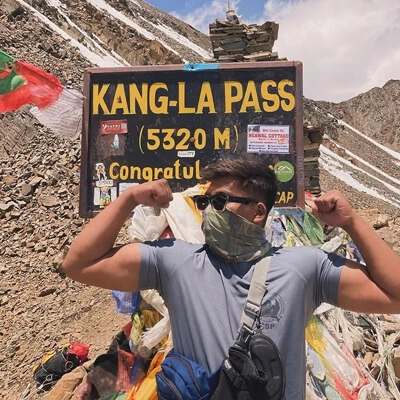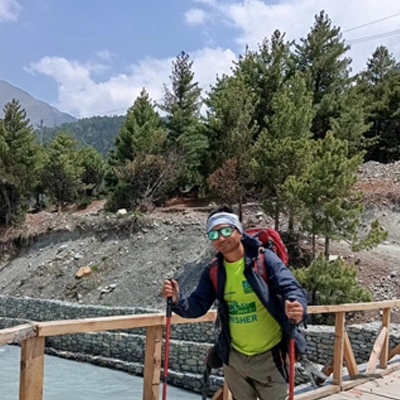Gosaikunda joins together the remote and staggering valley of Langtang with the high mountain lakes at Gosaikunda. Langtang Gosaikunda Trek is one of the most beautiful ways to explore nature from the inside out. You can visit the lovely Langtang National Park and then, afterward, trek to the end of the valley to view the eminent mountains. The Langtang Gosainkunda Helambu Trek combines three different treks: Langtang Valley, Gosaikunda Lake, and Helambu Valley Trek.
Emulating the Trishuli River north out of Kathmandu, you voyage through Trishuli Bazaar and Dhunche to Syabrubesi, a Tamang village spotted at the exact edge of the Langtang National Park. You then swing east into the Langtang Valley, intersecting the stream numerous times as you voyage up along a canyon-like, more level segment of the valley. You pass through oak and rhododendron woods and even cross cold moraine on your path to the Tamang village of Langtang.
Helambu Valley was known as Yalmoganriwa in ancient times, and now it is called Yalmo in the local language. Yalmoganriwa means to enclose snowcapped mountains in Helmo Valley, known as the Helambu Sindhupalchok district of Nepal. The center of this is Bumthang, which is the origin of the Melamchi River. The upper part of the mountain is named Dorje Lakpa, also known as Bajra Saddhu in Tibetan. Teton Goden Chen reveals this place, and his disciple visited this area and built the gumba (monastery). There is a Guru Dukphok cave in Padmasambhava that can accommodate up to 20 meditators at a time. There are many meditation centers around the area. There are famous meditation caves where 11th-century Tibetan Mahasiddha Milarepa meditated on deeper and realization, which are near Thimbu. A strong female deity, Dharmapal Ama Yangri, whose name opens Yangrima Danda.
Above Tarkeghyang there are several monasteries for meditation retreats. The people of Tibetan origin settled down and found the Melamchi River. There are two routes to reach this hidden land. There are motorways to Tarkeghyang, with the main routes for the upper part of Helambu Valley. One from Shankhu to the Melchi River Bridge to Yalmogangriwa, and two from Panchkhel through the Melamchi River Bridge to Yalmogangriwa. Three, from Gosaikund to Tharepati to Yalmogangriwa. Langtang and Helambu Valley are the most popular destinations for spiritual tourism in the Himalayas.
Somewhat further up the valley is Kyangin Gompa, where you stop overnight and test the neighborhood yak cheddar. Langtang, known as Namgodagam in ancient times, means Hidden Land, Heavenly Gate of half-moon form. You can visit the Guru Padmasambhava cave and Langtang Lirung base camp as well. You pass through Nubamatang, settled in a covered-up valley, on your route up to view the icy masses that stamp the door into Tibet. Your voyage through Thulo Syabru and Sing Gompa to a high level, where the hallowed lake Gosainkund is placed, At the intersection of the Lauribinayak Pass (4610 m), you proceed south, deserting the Langtang locale as you voyage through the Helambu valley to Gulbhanjyang. Langtang Circuit Trek has always achieved a level that fascinates all the trekkers coming to this destination.
The Langtang Gosaikunda Trek can begin from Kathmandu at Sundarijal through the Chisapani, Gul Bhanjyang, Kutumsang, Tharepati, and Ghopte and get to Gosaikunda to cross over Gosaikunda Pass as a reserve way. But mostly the trekkers visit the first Langtang Valley and Gosikunda for acclimatization. You have the option of going from Tharepati after the Gosikunda Pass either through the Helambu village and driving back to Kathmandu from Melamchi Gaun, Kakai/Thimbu, or the most popular Kathmandu Valley ridge trail through the Chisapani. So this trek is called various names: Gosaikunda Helambu Trek Langtang Circuit Trek. Today, there are daily bus services available from Melamchi Gaun to Kathmandu, which take 7 to 8 hours, mostly off-road. You may go through the blog, Complete Langtang Valley Trekking Guide, for more details.
Normally, the Gosaikunda Pass Trek can take a minimum of 8 days to over 18 days. We, Nepal Motherhouse, offer excellent services in this area. Come and join us for an exciting holiday that will remain a lifelong memory. We offer our services for the Gosaikunda Pass Trek as well.
Highlights
- Situated north of Kathmandu in Langtang National Park, it is accessible 132 km by Jeep.
- Combination of unique culture, mountain scenery, holy Lake Gosaikunda, and Gumba.
- Home of the rare red panda, a variety of wildlife, and diverse vegetation.
- Believe that the image of Mahadev (Shiva) can still be seen in the lake.
- Among the 108 holy lakes, Gosainkunda, Saraswati Kunda, and Ganeshkunda are near each other.
- Thousands of Hindu and Buddhist pilgrims visit Gosaikund every August full moon.
- Trek through Langtang Valley, Helambu Valley, and Gosaikunda via Laurebinayak Pass (4,609 m).
- Visit Surya Peak (5,145 m) at Gosaikund and Kyanjin Ri (4,772 m) at Kyanjin Gumba.
